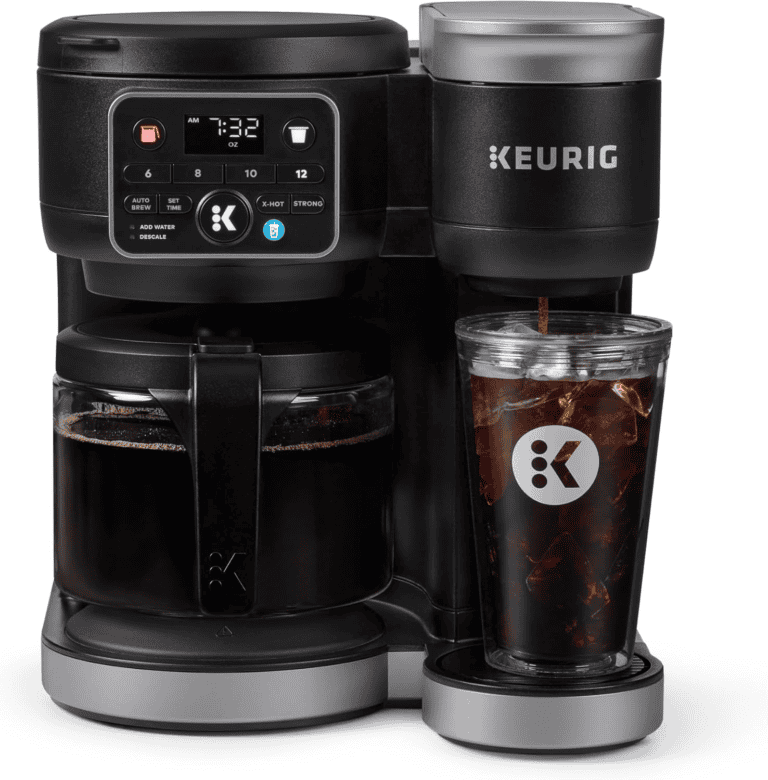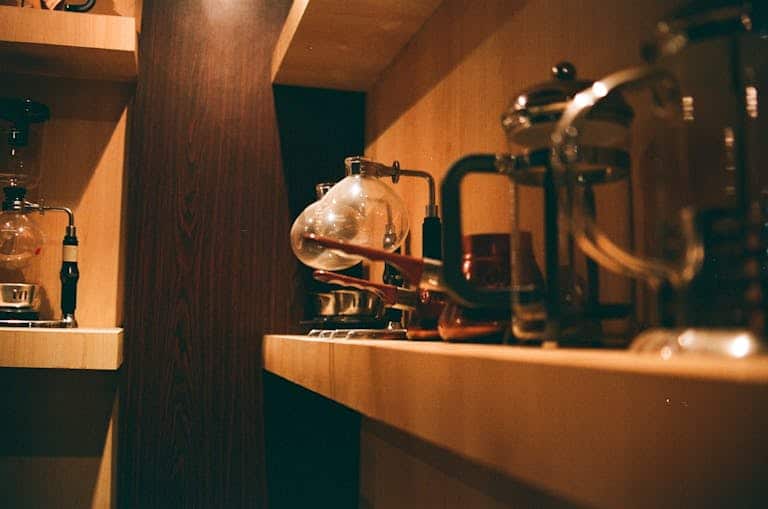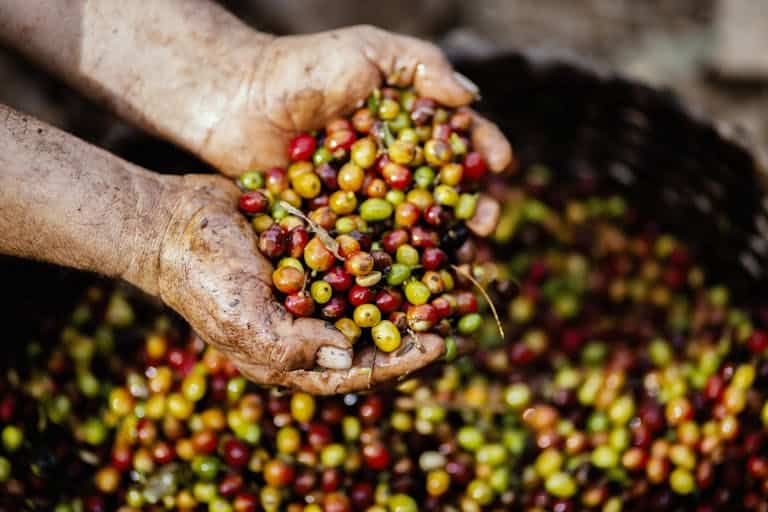2Best Coffee Beans In The World 2024
Discover the best coffee beans from Panama, Ethiopia, and Kenya! Elevate your morning brew with top picks and tips!
Exploring Top Coffee Beans
As a coffee enthusiast, finding the best coffee beans is a thrilling pursuit. Here, I delve into three exceptional coffee bean varieties that stand out for their unique flavors and unmatched quality.
Ethiopian Yirgacheffe Beans:

Ethiopian Yirgacheffe coffee beans are highly regarded in the specialty coffee world for their distinctive, complex flavors and bright acidity. Grown in the Yirgacheffe region of southern Ethiopia,
these beans are often compared to the elite Panama Geisha in terms of quality, but they come at a much more accessible price point, making them a favorite among coffee enthusiasts and professionals alike.
Yirgacheffe beans are prized for their nuanced flavor profile, often featuring vibrant fruity notes such as blueberry, lemon, and even hints of peach or apricot.
These flavors, paired with the coffee’s clean, tea-like body and floral aromas, create a bright and refreshing cup. The beans’ naturally high acidity adds a lively sharpness that balances their inherent sweetness, making each sip an exciting experience.
Kenyan SL 28 & SL 34 Beans:

Kenyan SL 28 and SL 34 beans are among the finest coffee varieties in the world, often outshining many other beans in cupping scores. These beans are particularly celebrated for their bold, intricate flavor profiles,
which make them a favorite among coffee aficionados. Grown in the high-altitude regions of Kenya, specifically in the nutrient-rich volcanic soils, these beans develop a unique character that’s hard to match.
The flavor profile of Kenyan SL 28 & SL 34 beans is strikingly vibrant, featuring rich notes of raspberry, blackberry, and bright citrus.
These fruit-forward flavors are balanced with a bright yet clean acidity, giving the coffee a refreshing edge without overwhelming the palate.
The full-bodied nature of these beans rounds out the drinking experience, offering a smooth, complex cup with layers of depth.
Coffee Bean Origins
The origin of coffee beans plays a significant role in determining their flavor profiles. Understanding where the best coffee beans come from can help coffee lovers make an informed choice when selecting their next brew. Let’s explore some of the top coffee-producing regions: Panama, Ethiopia, and Kenya, and delve into other leading coffee-producing countries and specialty coffee producers.
Panama, Ethiopia, and Kenya
Panama, Ethiopia, and Kenya are celebrated for producing standout coffees. Each of these countries provides unique flavor profiles and characteristics.
- Panama: Known for the famous Geisha beans, Panama produces some of the most exquisite and aromatic coffee beans. These beans are highly sought after for their floral and fruity notes.
- Ethiopia: Often referred to as the birthplace of coffee, Ethiopia is famous for its diverse range of coffee beans with complex flavors. Ethiopian Yirgacheffe beans are particularly renowned for their bright acidity and fruity flavors.
- Kenya: Kenyan coffee beans, especially the SL 28 & 34 varieties, are known for their bright acidity, full body, and rich flavors of berries and wine.
Top Coffee-Producing Countries
The leading coffee-producing regions around the world include South America, Central America, Africa, and Southeast Asia. South America, in particular, dominates the global coffee production landscape with countries like Brazil and Colombia.
South American Coffee Production
Brazil has been the world’s largest coffee supplier since the 1840s, with 10,000 square miles of plantations. Brazil produces mild-bodied, clean, light coffees with creamy textures and chocolatey aftertastes (Fathom Coffee). Colombia is another major player, producing similarly light, well-balanced beans.
African Coffee Production
Africa is home to some of the most flavorful and aromatic coffees. Ethiopia is renowned for its unique coffee heritage and intricate flavors, producing mainly Arabica beans. Kenya and Tanzania also lead in coffee production, offering full-bodied, fruity, and floral coffees. Western Africa primarily produces Robusta coffee, while eastern African countries focus on Arabica (Fathom Coffee).
Specialty Coffee Producers
Specialty coffee producers focus on high-quality beans that meet specific standards set by organizations like the Specialty Coffee Association (SCA). These producers often emphasize sustainable farming practices and meticulous processing methods to ensure the best flavor and quality.
Specialty Coffee Characteristics:
- Grown at high elevations
- Handpicked and carefully processed
- High cupping scores
- Unique and diverse flavor profiles
Specialty coffee beans, such as those from Panama Geisha or Ethiopian Yirgacheffe, are often part of specialty coffee subscriptions,
ensuring enthusiasts receive the freshest and most exceptional beans available. For more on high-quality beans, explore our guide to specialty coffee beans.
Understanding the origin of your coffee beans gives you a deeper appreciation of their flavor and quality.
Whether you’re seeking the delicate notes of a Panama Geisha or the vibrant acidity of Kenyan beans, selecting coffee from reputable regions ensures a delightful coffee experience.
For more on where coffee beans are grown, check out our article on where are coffee beans grown.
Coffee Roasting Process
Understanding the roasting process is key to unlocking the true potential of the best coffee beans. Delve into how roasting impacts the flavor, the optimal stages of roasting, and the role of commercial roasters in perfecting your morning cup.
Impact on Flavor Profile
When I roast coffee beans, the process initiates complex chemical reactions that break down the bean cell structures and pull out the moisture. This roasting process creates the rich flavors we adore, from fruity and floral notes to deeper chocolate and caramel tones (Driven Coffee). The following table summarizes the key flavor profiles associated with different roasting levels:
| Roasting Level | Flavor Profile |
|---|---|
| Light Roast | Fruity, Floral |
| Medium Roast | Balanced, Sweet |
| Dark Roast | Chocolate, Caramel, Ash-like |
For a detailed explanation on the different types of coffee beans, take a look at our comprehensive guide.
Optimal Roasting Stages
Reaching the optimal roasting stage is crucial. Specialty coffee roasters often aim for a balance between sweetness and flavor, typically achieved between the first and second crack.
This stage is often around a medium roast, avoiding the super dark, oily beans that result in an ash-like and bitter taste (Driven Coffee). Here is an overview of the stages:
| Roasting Stage | Description |
|---|---|
| First Crack | Initial expansion causing an audible crack, early development stage |
| Medium Roast | Balanced sweetness and flavor, preferred for specialty coffee |
| Second Crack | More intense heat, leading to darker and oilier beans, risk of bitterness |
Exploring how roast levels affect flavor can be insightful for anyone aiming to find the best coffee beans brand.
Role of Commercial Roasters
Commercial roasters play a pivotal role in the coffee roasting process. Unlike home roasting methods—such as using skillets or ovens—that often lead to uneven roasting and imbalanced flavors, commercial roasters ensure precise temperature control and even roasting (Driven Coffee).
With the help of commercial roasters, companies like [Driven Coffee] focus on responsibly sourcing beans and introducing customers to diverse flavor profiles, origins, and regions.
For a deeper dive into the legend and science of roasting, check out our guide on roasted coffee beans.
By understanding these aspects of the coffee roasting process, you can better appreciate the journey your coffee beans take from green to ground, ultimately helping you brew the best possible cup.
For more tips on brewing, see our section on grinding coffee beans and storing coffee beans.
Assessing Coffee Bean Quality
When it comes to finding the best coffee beans, it’s all about assessing the quality. As a coffee enthusiast, I always look for cupping scores, the intricate aromas, and the distinct taste to determine coffee bean quality.
Cupping Scores and Specialty Coffee
Coffee cupping is a standardized process used to evaluate the quality of coffee beans. It’s like a scorecard for coffee. The scores range on a 100-point scale, where a score of 80 or above signifies specialty coffee. This way, I know I’m getting top-notch beans. Specialty coffee roasters employ specific standards for unroasted (green) and roasted coffee to ensure quality. You can read more about green coffee beans to understand the initial stages of coffee grading.
| Cupping Score | Coffee Grade |
|---|---|
| 80-84.99 | Very Good |
| 85-89.99 | Excellent |
| 90-100 | Outstanding |
Aroma, Taste, and Freshness
Aroma is perhaps the first thing I notice when assessing coffee beans. High-quality coffee exudes distinct floral, nutty, earthy, or fruity scents. These notes are more prevalent in specialty coffee beans. Taste and freshness are equally important. Whenever I brew my coffee, I look for rich, clear flavors and a fresh taste that awakens my senses.
Taste profiles in high-quality coffee can vary, but common descriptors include:
- Floral
- Fruity
- Nutty
- Earthy
Proper storage techniques are vital to maintain these qualities. Using gas-tight and moisture-tight environments, like GrainPro Bags, help preserve the aroma, taste, and overall freshness of the beans. Learn more about storing coffee beans to make sure you’re always brewing the freshest beans.
Identifying Low-Quality Beans
Low-quality coffee beans often have physical defects or lack the rich aroma and taste of specialty beans.
A common indicator of poor-quality coffee is unroasted beans with black or dark brown spots, which usually signify mold damage and potential toxicity.
When examining coffee beans, here’s what I look for to spot low-quality beans:
- Discoloration
- Lack of a distinct aroma
- Dull or flat taste
For more insights on coffee grades and identifying the best beans, delve into the specialty coffee beans resources.
Knowing these factors helps ensure my coffee experience is always magical, right from the first sip.
For further reading on types and attributes of coffee beans, consider exploring articles on arabica coffee beans, robusta coffee beans, and organic coffee beans.







